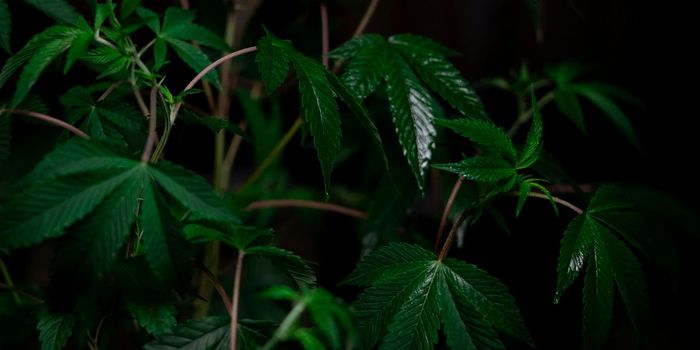Top Cannabinoids Found In The Cannabis Plant and Why It's Important To Know Their Properties
It's important to be made aware of the differences between the cannabinoids that are produced by the cannabis plant. Each one can produce different effects and therefore can be used for different treatments. Paying attention to the percentage of each cannabinoid in a product can help you determine what it can be used for and help the consumer better understand the outcome it will have on them.
Learn about the difference between THC vs THCA
The following are the top cannabinoids scientists have found in the cannabis plant:
- THC (Tetrahydrocannabinol)- Most strains of cannabis contain 10 to 30 percent of THC with some containing as low as 5 percent. THC is known to produce psychoactive properties and has a wide range of medical benefits like treating insomnia, forms of cancer, nausea, anxiety, and depression.
- CBD (Cannabidiol)- Most strains of cannabis contain anywhere from 5 to 25 percent of CBD. This cannabinoid is found in many forms including hemp, oil, edibles, and do not produce psychoactive effects. It is the most commonly used to treat medical conditions because of its limited psychoactive effects. It is mainly used to treat seizures in both adults and children.
- THCV (Tetrahydrocannabivarin)- This cannabinoid is known as the high energy strain because it provides almost an instant rush of energy, which is why its often compared to caffeine. THCV also contains psychoactive properties and is an appetite suppressant. It can also be used for the treatment of medical conditions like diabetes (aids in maintaining blood sugar levels) and can help stimulate bone growth.
- CBN (Cannabinol)- This cannabinoid is found in most strains but in low percentages, around 1 percent range. CBD and CBN are very similar in how they affect the user, producing mainly a calming effect and used to treat sleeping disorders are as a sleep aid.
- CBG (Cannabigerol)- This cannabinoid is known as the stem cell for all other cannabinoids, CBG turns into THC and CBD. CBG is known for its relaxing effects just like CBD and CBN because of how it functions, by blocking GABA receptors and relaxing muscles.

For example:
- CBGA (Cannabigerolic acid) turns into CBG.
- THCA (Delta 9-tetrahydrocannabinolic acid) turns into THC.
- CBDA (Cannabidiolic Acid) turns into CBD.
- THCVA (Tetrahydrocanabivarinic acid) turns into THCV.
- CBN is a product of THCA. With time and exposure to oxygen THCA breaks down, and the product of that reaction is CBN.
The major differences between the cannabinoid groups are the extent of their psychoactive properties. It's important to know the active properties of each cannabinoid and what they can be used to treat. It is also important to know the percentage of each cannabinoid in each product, combining specific ones can produce different effects for the consumer. "CBD may actually have anti-anxiety effects and lessen the psychoactive effects of THC. This means that a plant with a greater percentage of CBD may reduce the intensity of the effects of the THC, which in effect lowers the potency of the plant. Use of a cannabis plant with less CBD has been shown to have an increased psychological impact and result in unwanted effects such as anxiety." Scientists are working to discover more cannabinoids and how they function.
Sources: ADAI, Leafly, CRESCOlabs









